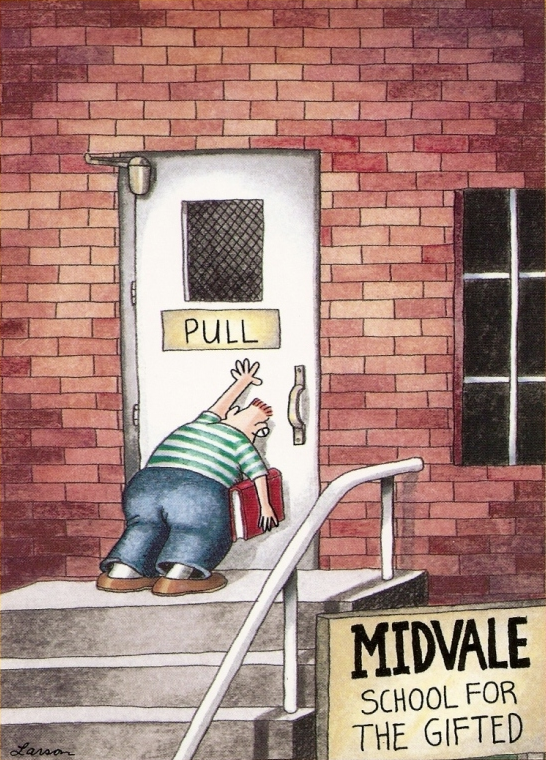I have mentioned in prior blogs that one of the things I love about lease administration is that everything you need to know about the lease is right there in 40-50 pages of the lease (sometimes as few as 2-3 pages, but sometimes as many as 500+). But, unless there are outside rules specifically addressed in the lease (such as “in accordance with Generally Accepted Accounting Principles” or “measured in accordance with BOMA standards”), the lease language is the only thing that matters (as well as laws and ordinances).
It’s beautiful. It’s all there … except when it’s not.
It can be extremely frustrating when a situation arises that was never considered by the lease. Much more often than not, stones are not left unturned. Even record stores in the 1970s or the pager stores in the 1980s and 1990s addressed “the technological evolution of their permitted uses” in both their use clauses and exclusive use clauses. But, twice this week, we had situations arise that had not been considered – or at least not addressed properly.
The first was a new lease with the tenant’s expected opening in March, 2018. The lease language addressing CAM was clear and concise. For 2018, CAM would be $x.xx per square foot, increasing by 5% each January 1. But, the lease did not consider that opening might be accelerated a few months into 2017. As the title of the blog suggests, intelligent people will argue. Since you have to live within the terms of the lease, what will the CAM charge be for 2017. Is it the $x.xx per square foot quoted for 2018? Is it $x.xx per square foot for 2018 divided by 1.05 (which would cause it to increase to $x.xx per square foot after applying a 5% increase)? Or, is it possible there is no charge for CAM for 2017 since the lease specifically addresses 2018 forward? (Ultimately, because the word “through” was buried in a CAM related section, the $x.xx per square foot rate for 2018 applied to 2017 as well.)
The second situation related to an extension of the term. A lease had naturally expired 1/31/17 and the tenant had been holding over as new terms were negotiated. Rather than execute a new lease, an amendment extending the term was executed. And, rather than making the extension retroactive to 2/1/17, a “New (uppercase “n”) Rent Commencement Date” was addressed, with a five year extension term with rents addressed by “Lease Year” (uppercase “L” and “Y”). With a new Rent Commencement Date of 8/1/17 and a new expiration date of 7/31/22, it was clear what the intent was – rent bumps each 8/1. However, the “Lease Year” definition, which was based upon the original “Rent Commencement Date,” would not have changed. And, if it did, the lease as amended never considered what would happen to the partial lease year (2/1/17-7/31/17) percentage rent that would now be occurring mid-term. Again, intelligent people will argue. (This one actually needs a letter agreement to specifically correct the Lease Year definition and the partial year percentage rent.
While it would be impossible to consider every potential scenario to be covered by a lease as new situations arise every day, the two situations will be used by the respective landlords to help their standard leases evolve. Ensuring that the “through” language is addressed in the “recitals” (terms) portion of the lease and is more prominently featured in any fixed CAM clause will take care of the early opening issue. And, while the mid-term partial lease year would likely never need to be addressed in the standard lease form, the landlord will now surely recognize the impact of a potential change in lease year definitions prospectively.
In any event, intelligent people will continue to argue.

